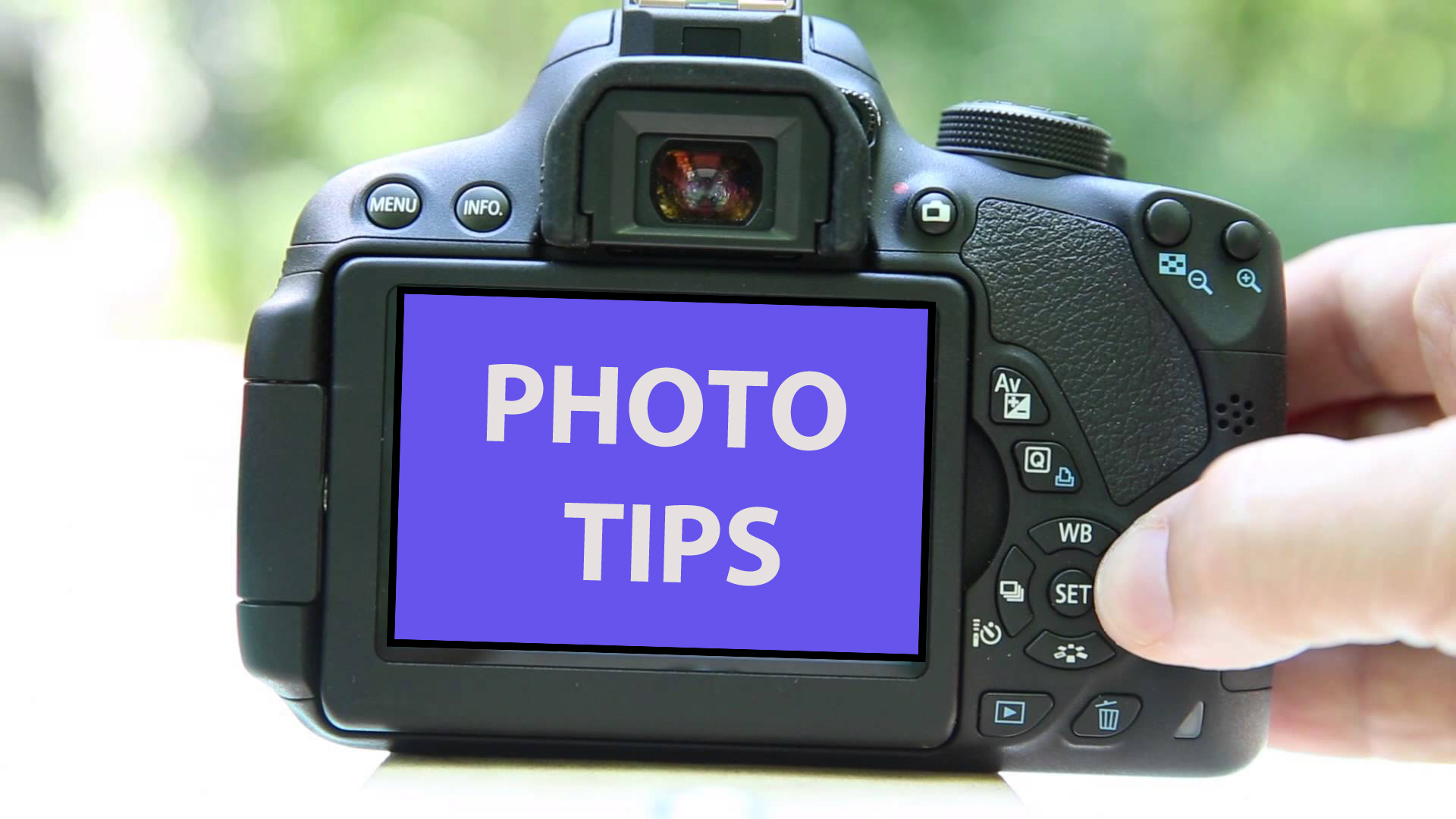- BY tictac
- POSTED IN Basic Elements of Photography
- WITH 0 COMMENTS
- PERMALINK
- STANDARD POST TYPE

Wildlife photography is gaining in popularity for photographers of all skill levels. Photography is becoming a passion of more and more people every day. Plus, you get to spend time outside photographing all the beautiful animals that inhabit the earth.
Photographic Tips for upcoming Wildlife Photographer
1. Light is the key to good photography. Shoot early morning and late afternoon when the light is soft and golden. On overcast or rainy days, don’t put your camera away as you can shoot most of the day as the light is diffused and there are no harsh shadows.
2. When in doubt with exposure, take a reading of any green foliage near the animal you are photographing, keep it and carry on shooting at this exposure (especially for darker animals e.g. rhino and elephant).
The same applies to photographing birds against the sky. Meter readings of a lion or zebra (natural colours) will have the correct exposure. With golden light, exposures will generally be correct whichever way you point the camera.
This is the best time for photography so make most of it.
3. Lenses and cameras:The golden rule of wildlife photography is to spend your money on the lenses rather than on the camera body. The wider aperture the faster shutter you can obtain – especially useful when the light is low or when shooting a moving subject.
It also blurs the background, making the subject stand out. Always have your camera next to you ready for action. Use a tripod or beanbag to support the lenses in order to get a crystal clear shot.
4. Anticipation and patience are the two most important skills in wildlife photography. Birds and animals have behavioural patterns and with time you can learn an animals next move.
For example, a bird sitting in a tree will usually take off into the wind. By anticipating the direction of the flight, you can prepare for a good shot.
You must asses a situation before being hasty. By driving slowly, you can spot the animal more easily. Keep the engine running until the animal has settled and then switch off.
5. Shoot as much as you can. That is the only way to get emotionally detached from your work. Only then you will be able to critically evaluate it.
6. Be patient; learn to evaluate the opportunity before you start taking pictures. Many common birds/animals are found on better perches/locations.
7. Improve with every photograph. Compare every photograph with the one you took before it and decide if it adds to your skills or not.
8. Select only good photographs from your collection and discard the mediocre ones. You don’t have to display all your photographs.
9. You must keep experimenting till you develop your original style. For this you must try out more and more of techniques and subjects.
Only this way you can make your work memorable.

